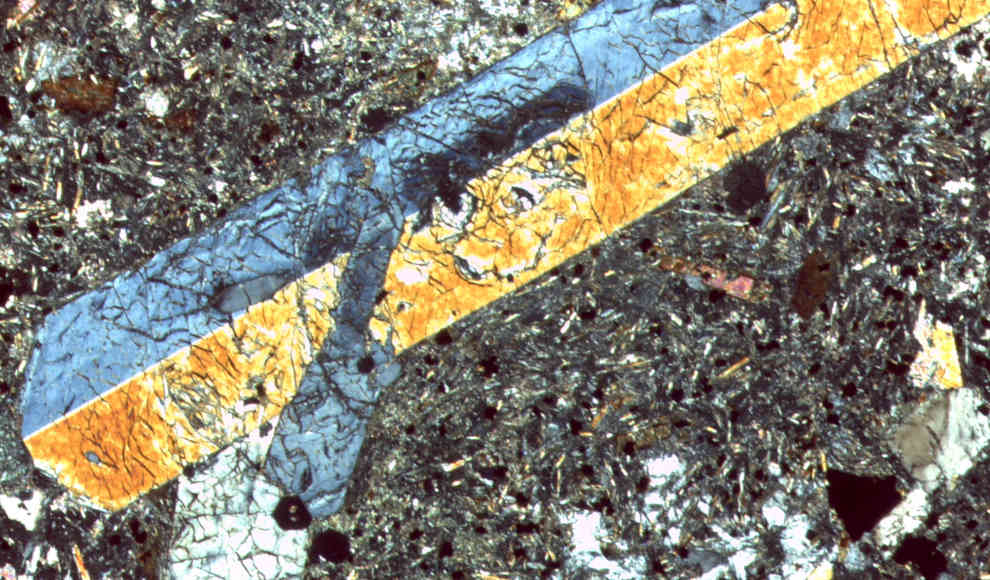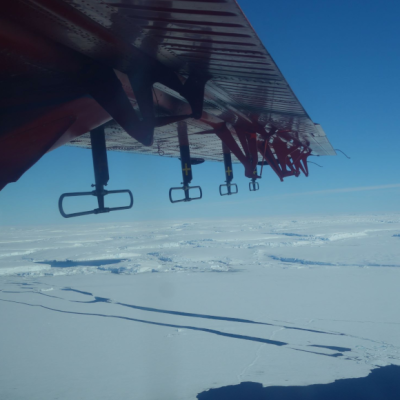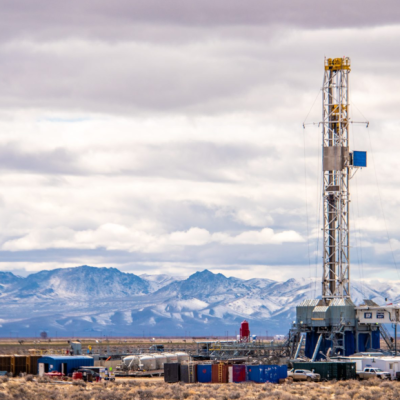Scientists from the Westfälische Wilhelms-Universität Münster (WWU) have discovered a previously unknown region of the Earth’s mantle in volcanic rock samples from the Bermuda Islands. The study, published in the journal Nature, reveals that the mantle reservoir is made up of remnants of the former continent Pangaea, which existed around 150 million years ago. The discovery was made by analyzing magma-formed rock from a 770-meter-deep borehole on the islands. The researchers hope that the findings will provide new insights into the composition and structure of the Earth’s interior.
The newly discovered mantle region begins beneath the Earth’s outer crust and extends about 2,900 meters deep into the planet’s interior. The Bermuda Islands were chosen as the research site because they sit atop a 4,570-meter-high volcano that has been inactive for around 30 million years. The geological history of the region is unique, and the researchers analyzed the magma-formed rock in detail to gain new knowledge about the composition and structure of the Earth’s interior. The newly discovered mantle region contains lead, which was created by radioactive decay, as well as carbon, water, and other volatile substances.
The study is significant because it is the first time that rock from the transition zone between the upper and lower mantle of the planet has been directly analyzed. The researchers believe that the discovery of remnants of Pangaea will help to improve our understanding of the geochemical evolution of the Earth. The study’s lead author, Dr. Sarah Mazza, said that the findings show that “the formation of supercontinents and this recent recycling of material in the mantle are important to maintain a chemical diversity in the mantle.” The study also sheds light on how water and carbon are stored in the Earth’s mantle and provides an extrapolation of the total amount of carbon present on the planet.










